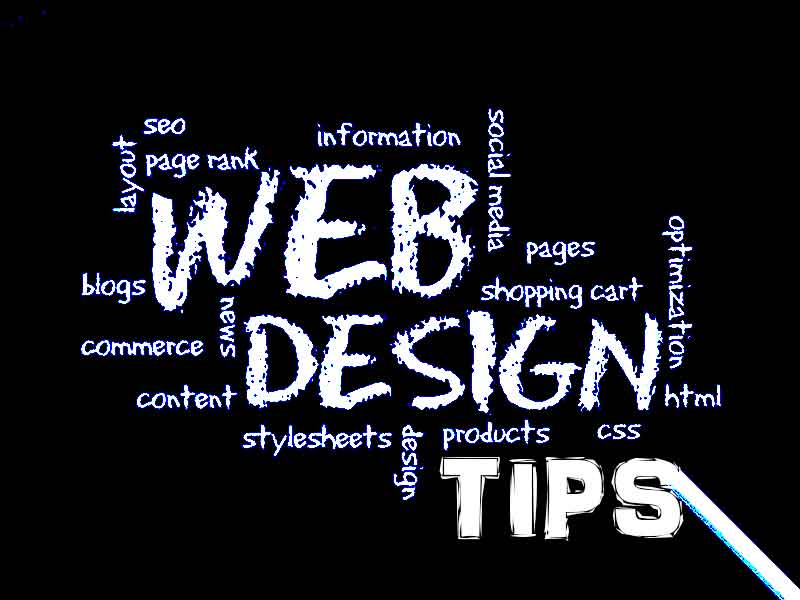Web Design Tips by Web Design Institute in Delhi
To begin with, never rely on the interface that software like Dreamweaver offers. You need to discover how to code HTML on your own. As well as the good news is, it’s not that tough. HTML is one of the simplest coding languages to learn by a long odds. Actually, you might possibly learn the fundamental aspects of HTML in a mid-day. Yet don’t obtain too high on your equine after you learn to code tables as well as div tags, since now you’ll need to learn a little CSS.
CSS – likewise called Cascading Style Sheets –
Is what makes the HTML resemble something apart from a Word file. This is in fact a great deal more complex compared to HTML, yet the essentials of it are easy to understand and also could change your web site into something that individuals will not only see, but likewise be thrilled by. The fundamentals of CSS will certainly transform the dimension, type and color of your text, as well as it will set a background photo or shade for your web page. While the advanced CSS will actually format your whole web page and also keep it looking the method it’s expected to on every person’s display. This is the most essential aspect of CSS.
When designing a web site or web page, you have to decide on the design – exactly how the material will certainly be prepared on the screen. This is where it’s extremely important to discover how to code HTML yourself, and also have a solid understanding of CSS. Learning to do it on your own will certainly make it a lot simpler – believe me!
There are a couple of typical designs for the general web page-
Utilizing CSS, you could have the page focused – which is just what a lot of sites do – or you could have it begin at the left of the screen and also have it spread to the right. Both function well, yet despite which you choose, you should recognize that viewers have various size displays set to not the same resolutions. A huge no-no with web design is making the page so vast that individuals have to scroll from left to right. So to avoid this, as well as to create it so 90 % of individuals viewing the web don’t have that issue, established the overall width of the page to about 900 – 950 pixels. This will certainly function well with many display screens and also many layouts, focused or shifted to the left. When that is determined, you relocate to the sectors of the page.
Typically – nearly 99 % of the time –
a website contains a header, navigating, physical body, and also footer. The header is where the branding image is presented (the logo), as well as where essential get in touch with info is revealed. This component of the website is exactly what every person sees initial – however it shouldn’t be jumbled. The header can cover across the entire screen, or it can be confined to a particular size.
The physical body has the crucial information that the site is attempting to communicate-
This body is in reality a collection of parts – this is where the design of your site ends up being essential. With HTML and also CSS, everything is arranged in rectangles. Because of this, you should find out just how you want your rectangular shapes prepared. Think of a paper, or better yet, consider a newspaper. It may look dull yet it must offer you a general suggestion of how to organize pillars. Of course your web site will not have to be boring like that, and also if you’re innovative with graphics and CSS, can be a quite deceptive in its framework.
The footer goes at the bottom-
As well as can consist of secondary navigating, copyright info, contact number to consult with, assorted links as well as whatever else that is of additional relevance. And after that there is the navigating. Website navigation could either be straight or upright. This part of your internet site can perhaps dictate your entire design. Horizontal navigating can enter the header as basic text links, or beneath the header as a wide navigating bar. Vertical navigation usually remains on the left side of the web page in a column. Utilizing CSS and HTML unordered lists, you could design a sharp looking navigation simply and quickly. Obviously using a little JavaScript and jQuery can make it look incredible, but that’s for an additional lesson.
When creating all of these sections of the site-
It is important to area them off the appropriate means as well as link them to an external design sheet. Consistently use an exterior design sheet! There’s truly 2 ways of sectioning everything off: tables and also divs. Tables sound nice however are not the means you ought to format a website. Constantly make use of div tags to wrap your content as well as position it where it has to go. Recognize the div tags with courses or id’s, job from the outdoors in, as well as be mindful of relativity, pixel sizes, margins and also extra padding – all which will certainly affect cross web browser compatibility, in addition to various other screen problems.
To Get more details about Web Design and Developing by Best Web Design Institute in Delhi and NCR – Click Here

